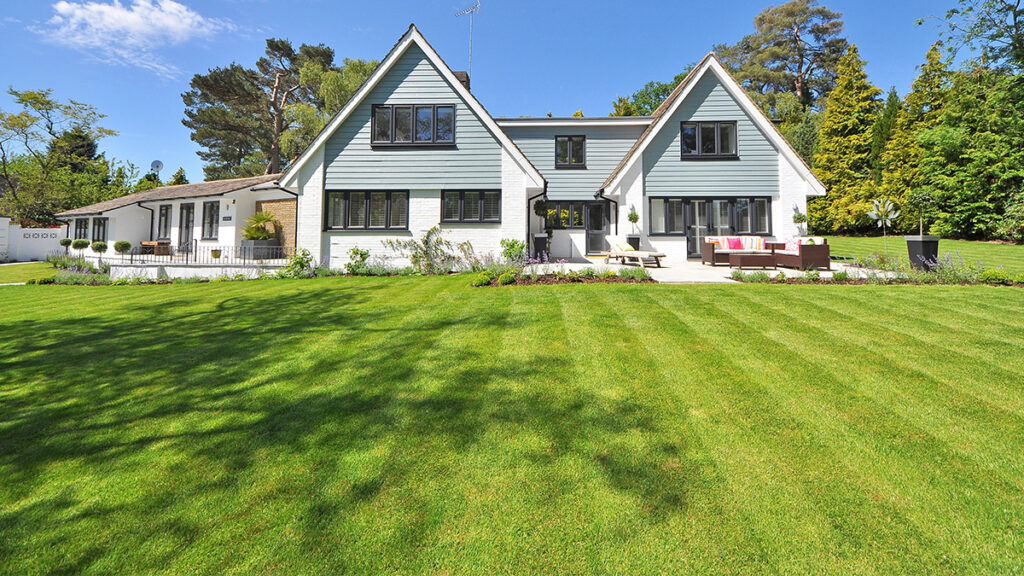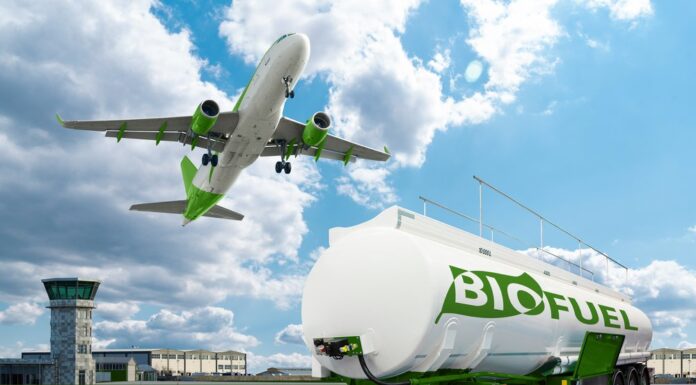Sustainable Gardening is the Now: Top Green Gardening Solutions

As the holy grail of green spaces, your garden gives you limitless opportunities to create a clean and sustainable lifestyle. It’s the mirror of all your eco-friendly habits. And every day, it can give you reasons to make the soil in your hands extra meaningful.
Just imagine waking up to a blossoming tulip and you’d get the point. And now that 2020 is becoming an endless episode of quarantines and lock-downs, gardening is becoming a great way to bring families closer together.
But if you really want to take your gardening skills up a notch, why not think sustainably? Realizing that gardening isn’t automatically eco-friendly can help you re-focus your goals and your practices.
What is Sustainable Gardening?
Sustainable gardening is basically a combination of eco-friendly gardening habits. As the term implies, it aims to lessen the environmental impacts of gardening. From zero plastic use to going organic, green gardening encompasses all areas that can help your backyard become friendlier to Mother Nature. Yes, that’s the goal.
If this is a new concept to you, below are the best eco-friendly gardening practices that can help you create an earth-friendly haven.
- Sustainable Pots
Ditch the Plastic Pots the Right Way
Even if you’ve already created a plant nursery, one big issue remains: what will you do with those plastic pots you bought with your plants? At some point, we are all guilty of using plastic even in gardening. It’s all just a matter of taking the right actions to keep those plastic pots from flooding our landfills.
And as far as plastic is concerned, you have two options. Recycle the plastic pots or turn it over to a recycling center that can put it into good use.
Create Eco-Friendly Pots
Thanks to the growing popularity of urban gardening, you have limitless potting alternatives out in the market. From wooden plant boxes to eco-pots made from recycled plastic, you can easily get access to a wide array of sustainable potting materials.
Another popular material in the green gardening department is taupe and terracotta pots. Aesthetically-pleasing yet multi functional, these pots are slowly becoming a backyard staple among sustainable gardeners. And, of course, let’s not forget the biodegradable pots made by companies like Thompson & Morgan, which are made by plant fiber. Plant on a plant? Why not!
Plus, you can also make your own biodegradable pots from old newspapers, bamboo, or wood pulp. It may take a bit of creativity and effort, but if it would take you 10 steps closer to sustainable gardening, it’s more than worth it.
Plant on Soil
Got no sustainable pots on hand? Let’s not forget that your garden is the biggest (and most sufficient) pot you’ll ever need! If you choose to plant on soil, you can go the extra mile by looking for suppliers with plastic-free potting options for delivery. However, if the plants are delivered with biodegradable plastic, you’d need to plant them on your soil right away.
- Water-Saving Tips
Harness Rainwater
Did you know that a typical household’s water wastage reaches up to 10,000 gallons per year? The preservation of natural resources is one of the greatest practices of sustainable gardening. And when it comes to conservation, water wastage is definitely a huge concern in gardening.
A great way to save water is to add a rainwater-collecting barrel in your garden. By integrating this into your system, you can harness chlorine-free water. As oh, another plus worth mentioning: did you know that rainwater is best for gardening because it doesn’t contain aggressive minerals?
By collecting rainwater, you don’t just save on water and utility bills. You are also doing our planet a great favor!
Install Drip Irrigation
Drip irrigation is another great addition to your garden. Contrary to sprinkler irrigation systems, drip irrigation waters your plants by schedule. And it doesn’t just give you more control and precision. It’s also an efficient way to make sure the water moves deep into the roots of your plants.
If you’re considering drip irrigation, you can easily install it on your own. You just need to carefully read the manual and you’re good to go.
Adopt an Eco-Friendly Landscape
Plants thrive on water. But even so, it doesn’t mean that you can’t conserve water. Whether you live in a dry climate or not, changing your landscape can help you save water. For instance, grouping plants that love wet soil in one area is a great water-conserving strategy.
Also, grass takes up water from your soil. By minimizing grass and replacing it with paving stones, gravel, or succulents, you can save up on your water use.
Take Advantage of Sun-Loving Plants
All plants are beautiful. But some plants require less water than others. If water conservation is your ultimate concern, consider resorting to sun-loving plants like cactus and succulents.
Believe it or not, these plants can survive without water even for extended periods, making them a great water-saving option.
- Fertilizer Use
Conservation is one thing but eco-consciousness is another. With so many chemical fertilizers out there, it can be tempting to just get the best-sellers on your shopping bag. But then again, true green gardening means you are willing to trade convenience for sustainable practices.
And come to think of it. Are you really going to use chemicals for your plants? Aside from the toxic fumes they emit, these chemicals, especially if you’re growing fruits and vegetables, can creep their way to your kitchen table. And this alone is more than enough reason to adopt sustainable gardening.
Thankfully, you won’t run out of options if you want to feed your plants with organic food. You can even use your left-overs to create your own compost!
Plus, if you’re not afraid of worms, you can also create your very own nutrient-dense vermicompost. They might not be the prettiest sight, but vermicompost, along with other organic fertilizers such as manure and carbonized rice husk, can give your plants a big power boost!
With everything that’s happening with the environment, green gardening is not the future. It is the ‘now’. And it only takes one huge step to move towards better, healthier, and eco-friendlier gardening practices.






